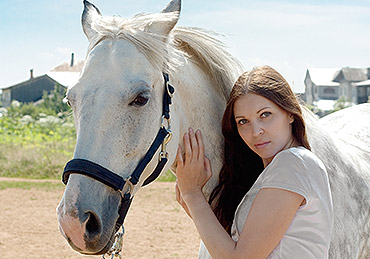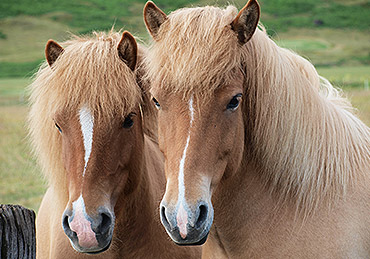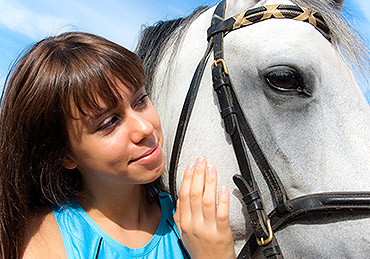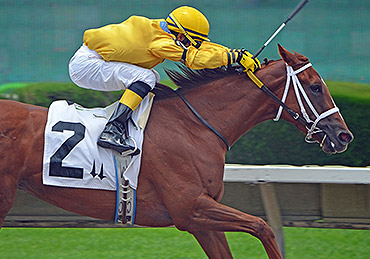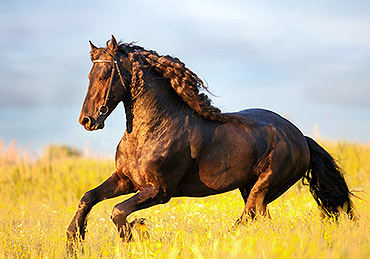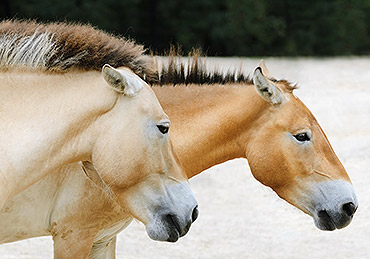Horse breeders
breeders Directory
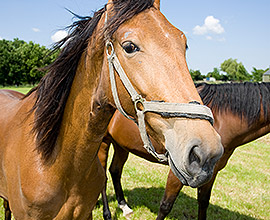
Coquat Ranch
Aransas Pass, TX
Boarding, Lessons, Trail riding, Horseback riding, Birthday parties, Stallion service, Horse motel service, Overnight Trails, arena, obstacle...
- Owner: Tom Nelson
- Trainer: John Franklin
- Jockey: Sam Kromstain
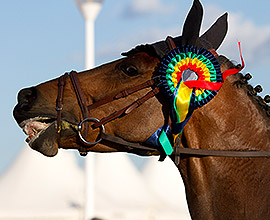
JBIT Ranch LLC
Berryville, VA
The JBiT Ranch has been a family run horsemanship center for over sixteen years. Todd and Barbara Johnson feel blessed to be able to share a love…
- Owner: Diana Coleman
- Trainer: Matthew Wilson
- Jockey: Donald Rodriguez
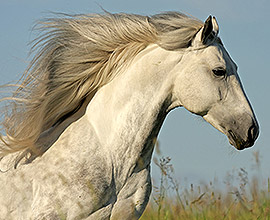
payne Farm
new Paltz, ny
Horses for sale! Home raised cross breds and ponies! Great riding instruction. Miles of Trails, Indoor arena and outdoor sand ring.Great selection…
- Owner: Judy James
- Trainer: Ralph Rivera
- Jockey: Benjamin Baker
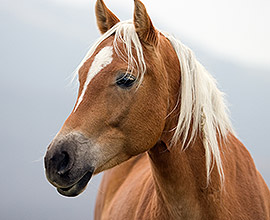
circle s ranch
Cataula, GA
We are a laid-back, family oriented facility that offers boarding for all disciplines. We have horses for sale as well as lease. Pasture board is…
- Owner: William Walker
- Trainer: Theresa Howard
- Jockey: Thomas Phillips
horserati feeding rules
Feeding High-Performance Horses
Rule #1: Feed small meals often
Horses in their natural setting eat for many hours a day and, as a result, they constantly secrete stomach acid whether they are eating or not. Additionally the equine stomach is relatively small and functions best when no more than about two-thirds full.
Rule #2: Feed plenty of roughage
About 60% percent of a horse’s digestive tract volume is dedicated to the fermentation of roughage, which is why horses are known as “hindgut fermenters.” Keep this in mind to maintain digestive tract health. Try feeding at least 50% of the horse’s daily ration.
Rule #3: Feed according to the horse
A horse’s nutritional requirements are a function of body weight and physiological state. So, a horse in hard work has higher nutritional needs than one at maintenance undergoing no forced exercise. As we all know, some breeds are easy keepers and some are not.
Rule #4: Feed on a schedule every day
Horses can be creatures of habit. Large variations in feeding times can cause stress and increase the risk of conditions such as gastric ulcers. However, we would argue that feeding at the exact same time each day is a recipe for future problems should you ever run late.
Rule #5: Use high-quality feed
Feed that is dusty can cause respiratory issues as a horse inhales dust spores. Mold can cause digestive and respiratory distress. Hay can become moldy as a result of being baled with too high a moisture content, and sack feed might get molding.
Rule #6: Keep tubs and buckets clean
Dirty tubs and buckets can harbor molds and might even be vectors for disease transfer. Wash and scrub all feed tubs and water buckets weekly with dilute bleach rinsing well.
Breeders gallery
our club’s horses
Horse grooming
recently asked questions
Take a damp sponge or washcloth, wipe your horse's eyes, and clean out his nose.
Use a different sponge/cloth/wipe for the dock area (under the tail). Because these areas are constantly moist, dirt and mucus build up and need to be cleaned out. Always remember to be gentle when doing this; these areas are sensitive. Use different brushes, sponges, and cloths for each horse if you are grooming multiple horses. Infection and skin fungus, like ringworm, can be spread by sharing grooming tools.
The soft brush, as its name suggests, can be used on all areas of the horse as a result of its texture. You should still be careful and gentle around the face and around the eyes, ears, and muzzle. The soft brush removes any remaining surface dust and hair. Finish up your body-grooming by brushing down the entire body, including sensitive areas like the face and legs.
Rubber curry combs are made to loosen up dirt, mud, and bits of things caught in your horse's coat. Currying should always be performed before brushing for the best results. Use the curry in vigorous, small circular motions over the horse's muscles, and be extremely careful on bony areas like the face, spine, and legs.
A dandy brush is a hard-bristled brush used to take off the dirt and hair brought out by the curry comb. Brush in short, straight, flicking motions to allow the bristles to get all the way through the coat and whisk the dirt out. Start at the neck and work towards the tail. It's not recommended to use a hard brush on the horse's legs, as they are much more sensitive than the body. The legs are bony and narrow and it is uncomfortable for the horse if brushed too hard with the dandy brush.
